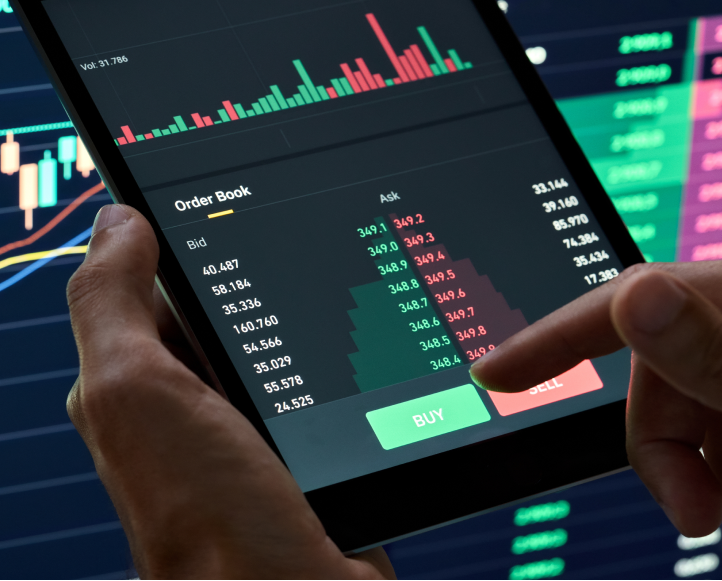
Understanding Crypto Trading Order Types
In the ever-evolving world of cryptocurrency trading, understanding the different Crypto Trading Order Types https://avant-x.com/add-these-10-mangets-to-your-exness-mt5-for-your-mac-computer/ is crucial for both novice and seasoned traders. This article delves into various order types that traders can use to manage their trades effectively while maximizing their profits and minimizing losses. Let’s explore the fundamental order types and their nuances.
1. Market Orders
A market order is the simplest type of order in the trading world. It is executed immediately at the current market price. Traders typically use market orders when they want to buy or sell an asset quickly. However, market orders can sometimes result in slippage, especially in volatile markets like cryptocurrency. Slippage occurs when the executed price is different from the expected price.
2. Limit Orders
A limit order, on the other hand, allows traders to set a specific price at which they are willing to buy or sell an asset. This type of order helps traders avoid slippage but comes with the risk that the order may not be executed if the market price does not reach the limit price. For instance, if a trader wants to buy Bitcoin at $30,000 but the current market price is $31,000, they can set a limit order at $30,000. The order will only execute if the market price falls to that level.
3. Stop-Loss Orders
Stop-loss orders are designed to limit potential losses on a trade. A trader sets a stop-loss price below the current market price for a long position (or above it for a short position). If the asset’s price falls to the stop-loss level, the order becomes a market order and is executed. This order type is essential for risk management, as it helps traders cut losses before they balloon.
4. Stop-Limit Orders
A stop-limit order combines elements of both stop-loss and limit orders. With this order type, a trader sets a stop price and a limit price. Once the asset reaches the stop price, the order transforms into a limit order rather than a market order. This feature allows traders to have more control over the execution price but carries the risk that the order might not be filled if the price surpasses the limit set.
5. Trailing Stop Orders
Tailing stop orders are dynamic stop-loss orders that move with the market price. Traders set a trailing amount (in percentage or dollar value), and if the market price increases, the stop price also increases. However, if the market price falls, the stop price remains unchanged. This order type allows traders to protect their profits while still allowing for potential upward movement in the asset’s price.

6. Fill or Kill Orders
A fill or kill order demands that the order be filled immediately and completely, or it is canceled. This type of order is useful for traders who want to ensure that they enter or exit a position without any partial fills. It is particularly useful in fast-moving markets, although it may be more challenging to execute.
7. Good ‘Til Canceled (GTC) Orders
GTC orders remain active until they are either executed or canceled by the trader. This order type is beneficial when a trader wants to enter or exit a position at a specific price without continually monitoring the market. However, it’s essential to remember that if a trader forgets about an active GTC order, it might result in unintentional trades when the market conditions change.
8. One Cancels Other (OCO) Orders
OCO orders combine two orders: one limit and one stop-loss order. When one of the orders is executed, the other is automatically canceled. This type of order provides a way for traders to set both profit-taking and loss-limiting mechanisms without needing to monitor the market continuously.
9. Iceberg Orders
Iceberg orders are large orders that are divided into smaller limit orders, making only a portion visible in the market. This tactic helps traders execute large trades without significantly impacting the price of the asset. By hiding the depth of the order, traders can achieve better average prices.
10. Expert Orders
For advanced traders, expert orders leverage algorithmic trading. These orders use predefined rules and algorithms to execute trades based on specific criteria such as price levels, volume, and time. Automated strategies can reduce emotional trading and help capitalize on market opportunities more efficiently.
Conclusion
Understanding the different types of orders in crypto trading is essential for effective trading strategies. Each order type serves a specific purpose, and knowing when to use them can help traders make more informed decisions. Whether you’re a beginner or an experienced trader, mastering these order types will aid you in navigating the complex world of cryptocurrency. Always remember to perform thorough research and consider risk management techniques for successful trading.